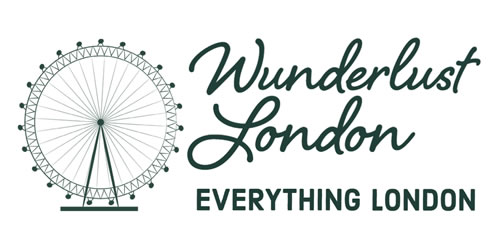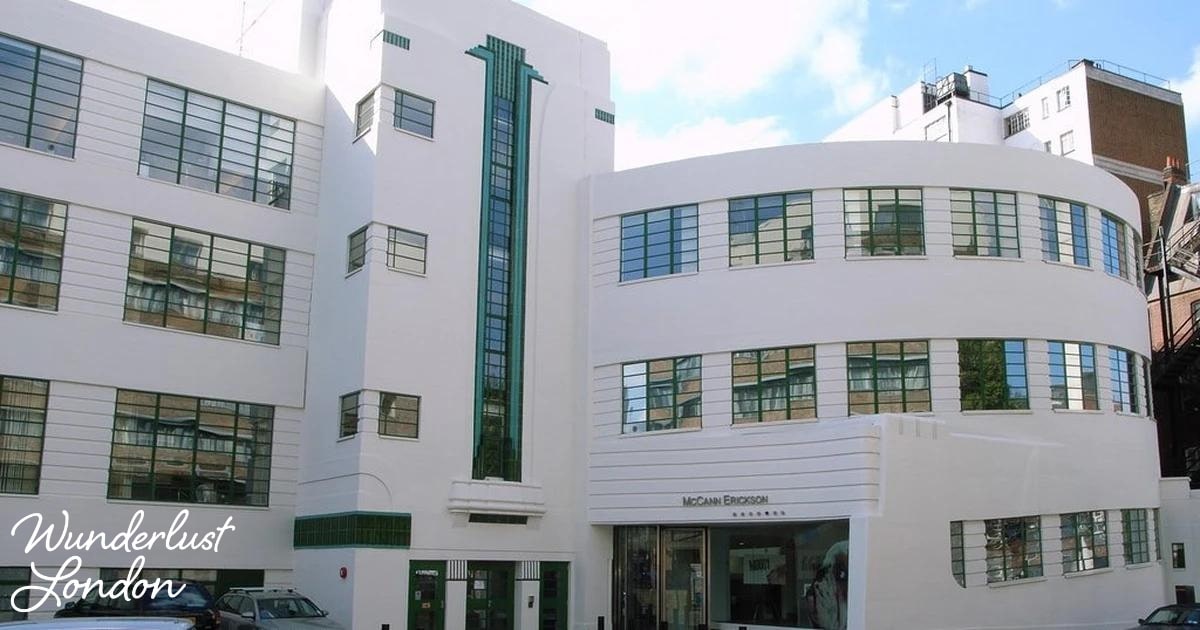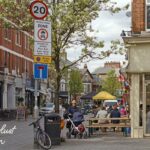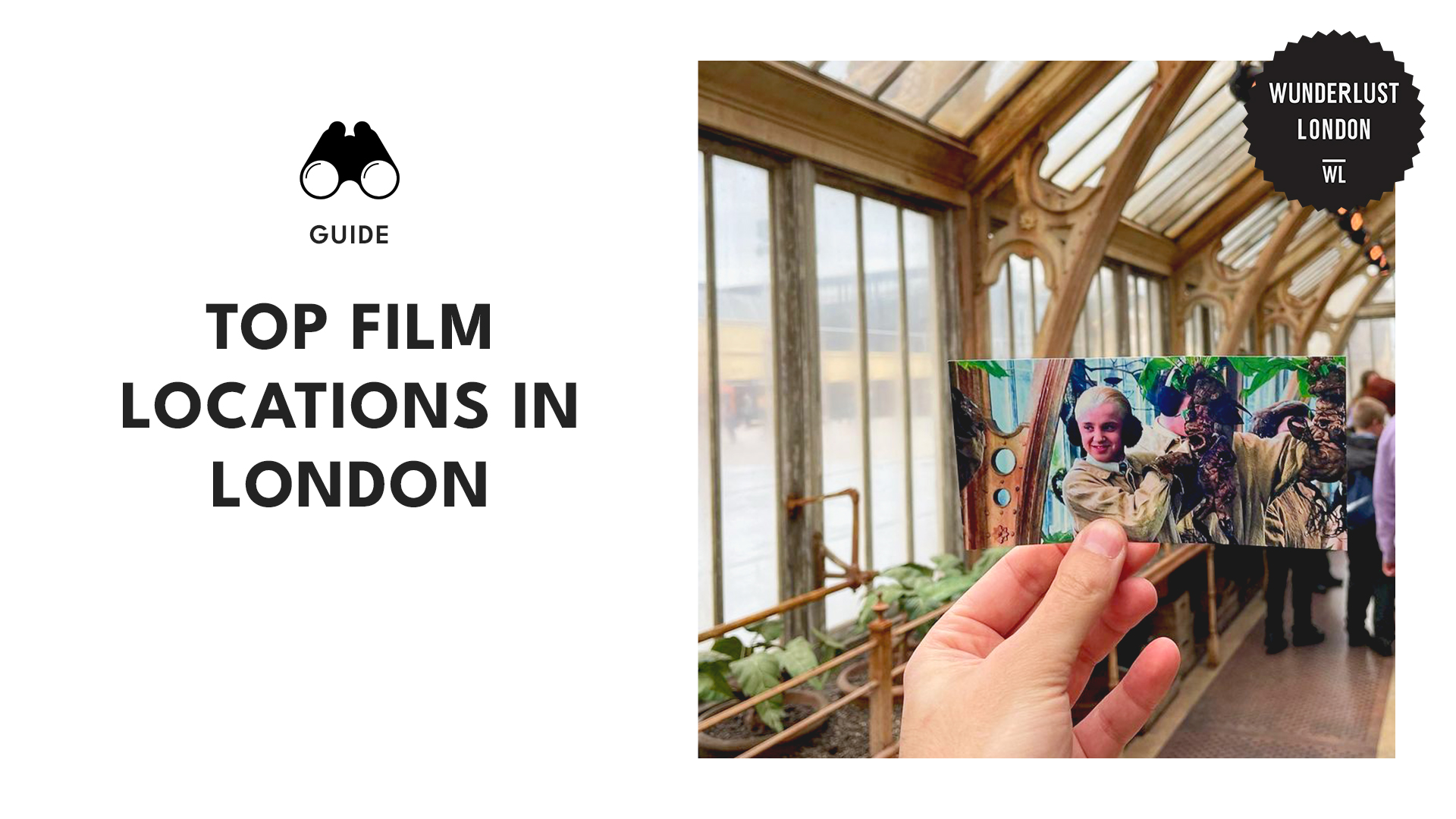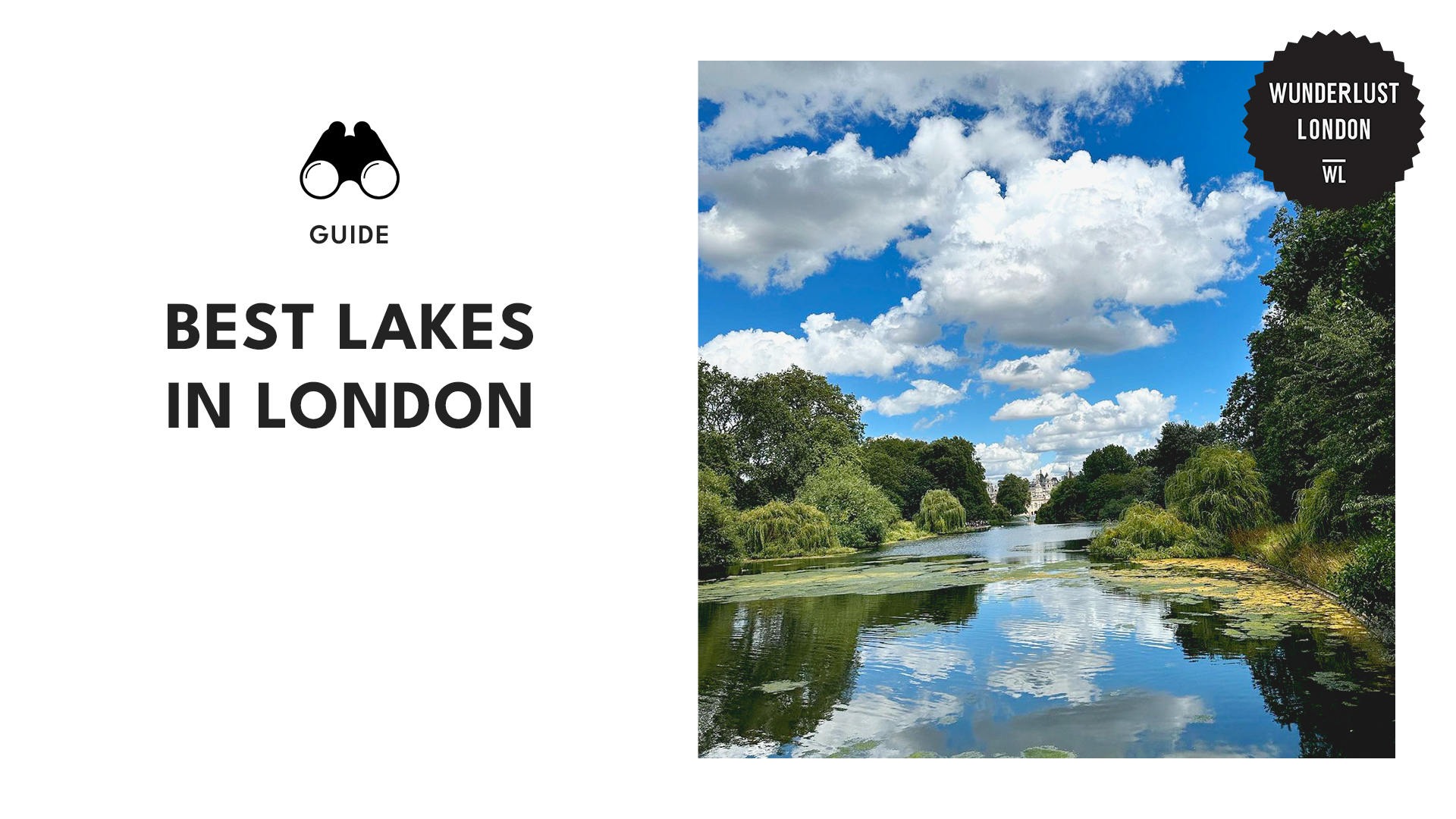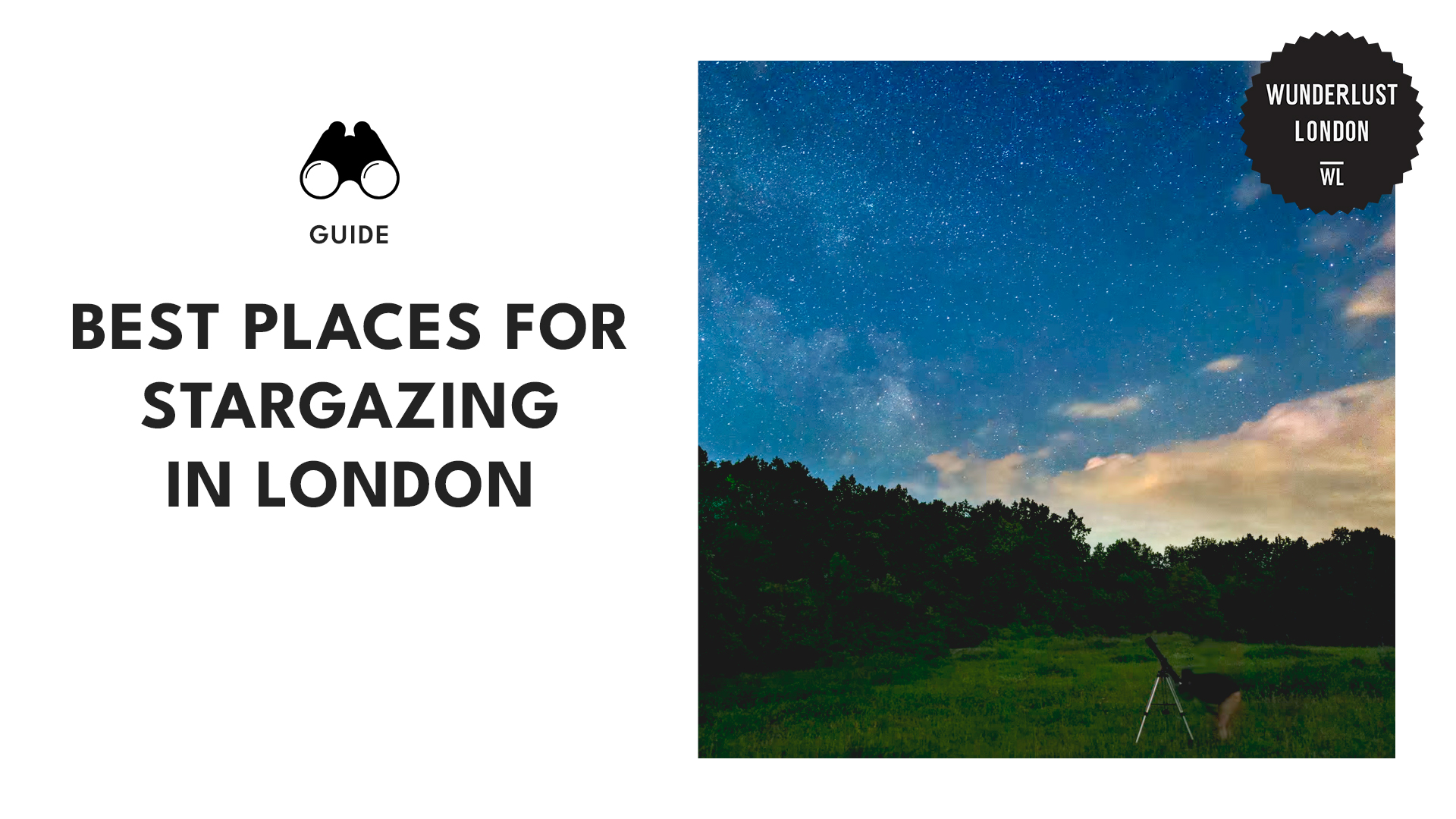London might not always be the first city that comes to mind when you think of Art Deco marvels, but trust us, it’s a place of such wonders just waiting to be explored.
So, put on your explorer’s hat, because we’re about to reveal the elegant, and utterly unmissable Art Deco buildings London offers. These unsung heroes of the city’s skyline deserve your attention!
BBC Broadcasting House
Media from lukejones
Location: Portland Place, London W1A 1AA, United Kingdom
Contact: 020 8743 8000
Built between 1928 and 1932, Broadcasting House has stood the test of time as a testament to the Art Deco movement.
One of the defining features of Art Deco architecture is its embrace of modern technology. The building was designed with state-of-the-art broadcasting equipment in mind. It was a symbol of the BBC’s commitment to advancing technology while maintaining a sense of elegance and style.
The pièce de résistance of Broadcasting House is its stunning rotunda. This circular space, featuring a coffered ceiling and intricate Art Deco designs, serves as the building’s centrepiece. It’s a prime example of the movement’s obsession with geometry and symmetry.
Daily Express Building
Media from artdecouk
Location: 2be, 120 Fleet St, London EC4A 2BE, United Kingdom
Contact: +44 7739 423754
This masterpiece was crafted by Raymond Hood, an American architect who left his indelible mark on the world of Art Deco.
Hood wasn’t content with the ordinary. He embraced the use of groundbreaking materials, like glass and steel, to create a building that seemed to defy gravity. The Daily Express Building is a testament to the era’s embrace of innovation.
The devil is in the details, and the Daily Express Building doesn’t skimp on them. From the stylised sunburst motifs to the intricate chevrons and zigzags, every inch of this building oozes Art Deco charm.
Senate House
Media from 180.spaces
Location: London WC1B 5DP, United Kingdom
Contact: [email protected]
Rising 210 feet into the London skyline, Senate House stands tall and proud. Its central tower, adorned with striking vertical lines and setbacks, is a nod to the Art Deco emphasis on verticality and grandeur.
The exterior of the Senate House is a visual feast. You’ll be greeted by an imposing entrance framed by intricately carved bas-reliefs that tell the story of knowledge and education.
Once you’re inside, you’ll find interiors that are the epitome of Art Deco opulence. Marble-clad lobbies, sweeping staircases, and ornate details make it clear that no expense was spared in achieving both function and beauty.
Battersea Power Station
Media from jaynjayiam
Location: Station Underground Ltd, Battersea Power Station, Kirtling St, Nine Elms, London SW11 8AL, United Kingdom
Contact: N/A
One glance at the power station’s façade and you’ll understand its Art Deco allure. The two towering chimneys, adorned with dramatic vertical stripes and setbacks, create a sense of grandeur that makes your heart skip a beat.
Art Deco was all about embracing the future, and Battersea Power Station embraced it with open arms. Its use of materials like brick, steel, and concrete reflected the movement’s fascination with innovative materials, giving it an aura of modernity.
Eltham Palace
Media from englishheritage
Location: Court Yard, London SE9 5QE, United Kingdom
Contact: +44 20 8294 2548
The Courtaulds, a fabulously wealthy couple, took over this medieval palace and transformed it into a modern-day masterpiece. They blended the historical charm of the Tudor Great Hall with a cutting-edge Art Deco extension, creating a true architectural fusion.
Oh, but it doesn’t stop there. The Courtaulds didn’t skimp on their taste for lavish living. The Octagonal Dining Room is a masterpiece in itself, with a domed ceiling that evokes a sense of the exotic.
Carreras Cigarette Factory
Media from chriswillesden
Location: Greater London House, 180 Hampstead Road, London NW1 7AW, United Kingdom
Contact: N/A
Completed in 1928, this building oozes the iconic features of the era. With its sleek, geometric lines, intricate detailing, and streamlined forms, it’s a prime example of Art Deco’s commitment to marrying function with aesthetics.
But what sets Carreras apart from the rest is its unique Egyptian Revival style. The factory’s architects, M.E. and O.H. Collins drew inspiration from the discovery of King Tutankhamun’s tomb in the 1920s.
As a result, the building boasts elements reminiscent of ancient Egypt, such as hieroglyphic friezes, lotus flower motifs, and grandiose entrance gates featuring colossal statues of Egyptian cats – a homage to the feline companions of the pharaohs.
Savoy Hotel
Media from thesavoylondon
Location: Strand, London WC2R 0EZ, United Kingdom
Contact: +44 20 7836 4343
This place has played host to more celebrities than you can shake a champagne glass at. From Charlie Chaplin to Frank Sinatra, it’s seen them all. In fact, Claude Monet was so enamoured by the view from his Savoy suite that he painted the famous “Waterloo Bridge” series based on it.
The Thames Foyer, with its stunning glass dome and ornate pillars, is a testament to the era’s obsession with elegance. You’ll also find beautiful marquetry floors, Lalique glass panels, and Lalique mascots adorning the bar. It’s like stepping into a Great Gatsby novel.
Claridge’s Hotel
Media from claridgeshotel
Location: Brook St, London W1K 4HR, United Kingdom
Contact: +44 20 7629 8860
If you’ve ever dreamt of dancing the night away in a scene straight out of “The Great Gatsby”, Claridge’s Ballroom is the place to be. With its glittering chandeliers, mirrored walls, and exquisite detailing, it’s a perfect example of Art Deco’s penchant for luxury and theatricality.
The hotel’s commitment to art extends beyond its architectural beauty. Claridge’s has a history of commissioning renowned artists to create stunning pieces. One such example is the captivating Dale Chihuly chandelier that graces the foyer.
Bush House
Media from intiniki
Location: 30 Aldwych, London WC2B 4BG, United Kingdom
Contact: +44 20 7848 2000
Situated along the iconic Strand, Bush House enjoys a prime spot in London’s bustling West End. It’s a hub of culture, business, and history, surrounded by theatres, shops, and world-renowned institutions like the Royal Opera House and Somerset House.
Bush House has quite a storied history. For decades, it served as the headquarters of the BBC World Service, beaming news and information to the far corners of the globe. Its iconic ‘BUSH’ sign atop the building became a symbol of reliable journalism during turbulent times.
Carlton Cinema
Media from peterluty
Location: 161–169 Essex Road, Islington, London, United Kingdom
Contact: N/A
The first thing that will catch your attention as you approach the Carlton is its stunning facade. It’s a beautiful symphony of geometric patterns, sleek lines, and intricate detailing.
The use of striking materials like black Vitrolite glass and polished marble adds a touch of glamour that’s quintessentially Art Deco.
You can’t miss the iconic neon signage of the Carlton. The marquee, adorned with neon lights and geometric shapes, is a masterpiece in its own right. It’s a work of art that beckons you to experience the magic within.
The Strand Palace Hotel
Media from strandpalace
Location: 372 Strand, London WC2R 0JJ, United Kingdom
Contact: +44 20 7379 4737
The genius behind The Strand Palace Hotel’s Art Deco transformation was Oliver Percy Bernard, a prominent British architect and designer.
His vision for the hotel was clear: create a space that not only embraced the modernity of the time but also celebrated the artistic spirit. Bernard’s architectural prowess shines through every inch of the hotel.
Maintaining the allure of Art Deco, The Strand Palace Hotel has undergone careful renovations over the years. The aim? To ensure that its original charm remains intact while accommodating the needs of contemporary travellers.
Isokon Building
Media from barusheha
Location: Lawn Rd, London NW3 2XD, United Kingdom
Contact: +44 7713 507018
The Isokon building was initially conceived as a housing complex for progressive thinkers, artists, and intellectuals. It aimed to foster a sense of community and shared ideals, embodying the utopian dreams of the era.
This building became a haven for some of the most influential figures of its time. Walter Gropius, the founder of the Bauhaus School, took up residence here when he fled Nazi Germany. Other notable residents included Agatha Christie and Henry Moore.
Victoria Coach Station
Media from ghumakkad_no.1
Location: 164 Buckingham Palace Road, SW1W 9TP. United Kingdom
Contact: N/A
Don’t judge a bus station by its cover! Once you step inside, you’ll be greeted by a grand concourse that feels more like an upscale hotel lobby. Marble floors, stylish ticket kiosks, and a sweeping staircase make you forget you’re here for a bus ride.
If you’re a fan of classic Hollywood movies, you’ll be delighted to know that Victoria Coach Station has had its fair share of silver screen appearances. It’s been a backdrop for numerous films, adding a dash of cinematic magic to its already glamorous aura.
Freemasons’ Hall
Media from freemasonshall
Location: 60 Great Queen St, London WC2B 5AZ, United Kingdom
Contact: +44 20 7831 9811
But the real showstopper at Freemasons’ Hall is the colossal bronze relief by artist Walter Gilbert, titled “Hand in Hand”. This masterpiece captures the essence of Masonic brotherhood, depicting a group of craftsmen united in their noble endeavours.
Another pièce de résistance here is the ornate bronze and glass altar, designed by Walter Gilbert. It’s a symphony of geometry, with triangular patterns and symbolic elements that beckon contemplation.
Phoenix Theatre
Media from phoenixtheatrelondon
Location: Charing Cross Rd, London WC2H 0JP, United Kingdom
Contact: N/A
Now, as any theatregoer knows, first impressions matter, and the Phoenix Theatre certainly knows how to make an entrance.
Its facade is a striking symphony of geometric patterns and sculptural details. The mix of brickwork and Portland stone is a testament to Art Deco’s knack for combining contrasting materials to create a visual feast.
Unilever House
Media from colourful_journal
Location: London EC4Y 0JP, United Kingdom
Contact: N/A
Location, as they say, is everything. Unilever House enjoys prime real estate along the River Thames, and it makes the most of it.
When you look up, you’ll see sculptures by Sir William Reid Dick, each representing a different region where Unilever operated. Talk about corporate branding with a dash of artistic finesse!
Inside, you’ll see the centrepiece, a colossal chandelier, which hangs like a glittering jewel from the ceiling, casting a warm, golden glow that bathes the entire space in elegance.
St Olaf House
Media from accidental.gadabout
Location: 15 Tooley St, London, United Kingdom
Contact: N/A
Art Deco is all about the details, and St. Olaf House doesn’t disappoint. Here, you’ll witness intricate reliefs by sculptor Albert Hodge, celebrating Britain’s maritime heritage. These sculptures are like a visual time capsule, telling tales of ships, sails, and seafaring adventures.
But don’t let the exterior steal all the limelight – the interior of St. Olaf House is a jaw-dropping spectacle. The lobby is a showcase of Art Deco opulence, with a soaring atrium adorned with geometric patterns, brass accents, and sleek marble surfaces.
Shell Mex House
Media from philip.downer
Location: 80 Strand, London WC2R 0BP, United Kingdom
Contact: N/A
Here, you’ll be floored (almost literally) by the lobby. It’s a mix of geometric patterns, gleaming marble floors, and lavish bronze accents. The towering entrance hall is adorned with a stunning mural by Polish artist Stefan Knapp, which depicts the history of oil extraction.
Here’s a juicy tidbit for you: Shell Mex House has a Titanic connection! The building was constructed by the same company that built parts of the ill-fated ship.
Thankfully, Shell Mex House hasn’t suffered the same fate, and it continues to stand as a testament to Art Deco’s enduring allure.
Walthamstow Stadium
Media from imduk_unlimited
Location: 300 Chingford Road, London, United Kingdom
Contact: 020 8498 3300
Opened in 1933, the Walthamstow Stadium was originally designed as a mecca for dog racing. Its architects, W. Calder Robson and William Alban Jones must have had a twinkle in their eyes when they conceived this place.
Let’s talk about the stadium’s iconic neon sign. It’s a dazzling display of Art Deco design at its finest. Bold, electric, and utterly captivating, it beckoned visitors from far and wide, promising an evening of excitement and entertainment.
Blackheath Halls
Media from blackheathhalls
Location: 23 Lee Rd, Blackheath, London SE3 9RQ, United Kingdom
Contact: +44 20 8463 0100
The building exhibits intricate architectural features, including a striking façade with geometric patterns and elegant lines. Its blend of white Portland stone and black Vitrolite glass gives it a timeless and sophisticated appearance.
Inside Blackheath Halls, you’ll find an equally impressive interior. The foyer greets visitors with ornate details, lavish mirrors, and polished marble floors, providing a glimpse into the building’s rich heritage and architectural splendour.
